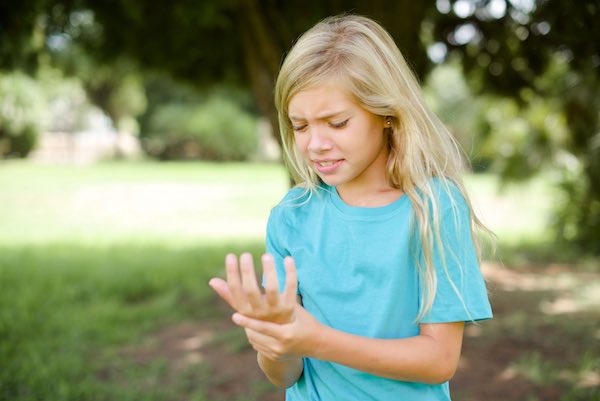Understanding Juvenile Arthritis
- Category: Health
- Published: Monday, 31 July 2023 08:02
- Joanne Wallenstein
 This article was submitted by Dr. Tamar Rubinstein, Pediatric Rheumatology at White Plains Hospital
This article was submitted by Dr. Tamar Rubinstein, Pediatric Rheumatology at White Plains Hospital
Although arthritis is commonly associated with older people, it can also impact children. In fact, arthritis is the most common rheumatologic condition to affect children.
Juvenile arthritis (JA) refers to a group of autoimmune and inflammatory conditions that affect children under the age of 16. Just like arthritis in adults, JA involves chronic joint inflammation, which leads to stiffness, swelling, and pain. While some arthritis in children is associated with infectious causes such as Lyme Disease (caused by deer tick bites), the exact causes of JA remain largely unknown, but are likely a combination of genetic, environmental, and immunological factors.
The most common form of JA is Juvenile Idiopathic Arthritis, which according to the Arthritis Foundation is estimated to affect more than 300,000 kids in the U.S.
But other diseases can also lead to arthritis in children, including lupus, inflammatory bowel disease, and other, rarer autoimmune diseases.
The symptoms of juvenile arthritis may vary from child to child, but they often include joint pain, swelling, tenderness, morning stiffness, limited range of motion, and difficulty with everyday activities. Since these symptoms can mimic other conditions, a thorough evaluation by a pediatric rheumatologist is crucial for an accurate diagnosis. While the physical exam, evaluation, and careful review of the patient’s medical history are the most important part of diagnosing JA, sometimes blood tests and imaging scans help secure the diagnosis and ensure the differentiation from other mimickers of arthritis.
Although there is currently no cure for juvenile arthritis, early diagnosis and treatment is critical to manage symptoms, prevent joint damage, and improve a child’s quality of life – not only during childhood, but as they grow into adulthood. Treatment plans are tailored to the individual child and may involve oral medications, injectable medications, joint injections, and physical therapy.
Major advances in the treatment of autoimmune diseases and JA have been made over the past several decades, including the use of “biologics,” the newest class of medications used to treat JA. Encouraging a well-balanced diet, regular exercise, healthy sleep, and stress management are all important aspects of ensuring that children with JA achieve, and remain in, optimal health.
It should also be noted that JA can take a serious emotional toll on children and families. It is not uncommon for children with JA to struggle with anxiety or depression. These symptoms can seriously impact a child’s development, social wellbeing, and even their physical health. But when mental health symptoms are detected early, they can be addressed and treated to ensure that children with JA have the best possible long-term physical and emotional health outcomes.
Strategies to partner families with social and emotional support are especially important in youth who have JA. Professional mental health support, JA support groups and JA peer mentorship, and community resources all play an important role. To learn more about JA, you can visit the Arthritis Foundation webpage. Information about JA support groups can be found here.
To learn more about JA, you can visit the Arthritis Foundation webpage. Information about JA support groups can be found here.
Dr. Tamar Rubinstein is a Pediatric Rheumatologist at the Children’s Hospital at Montefiore (CHAM) who also sees patients at White Plains Hospital’s Montefiore Pediatric Subspecialty office at 33 Davis Ave. in White Plains. To make an appointment, call 914-849-5437.
Health Matters
The original version of this article was published in Health Matters, a White Plains Hospital publication.







